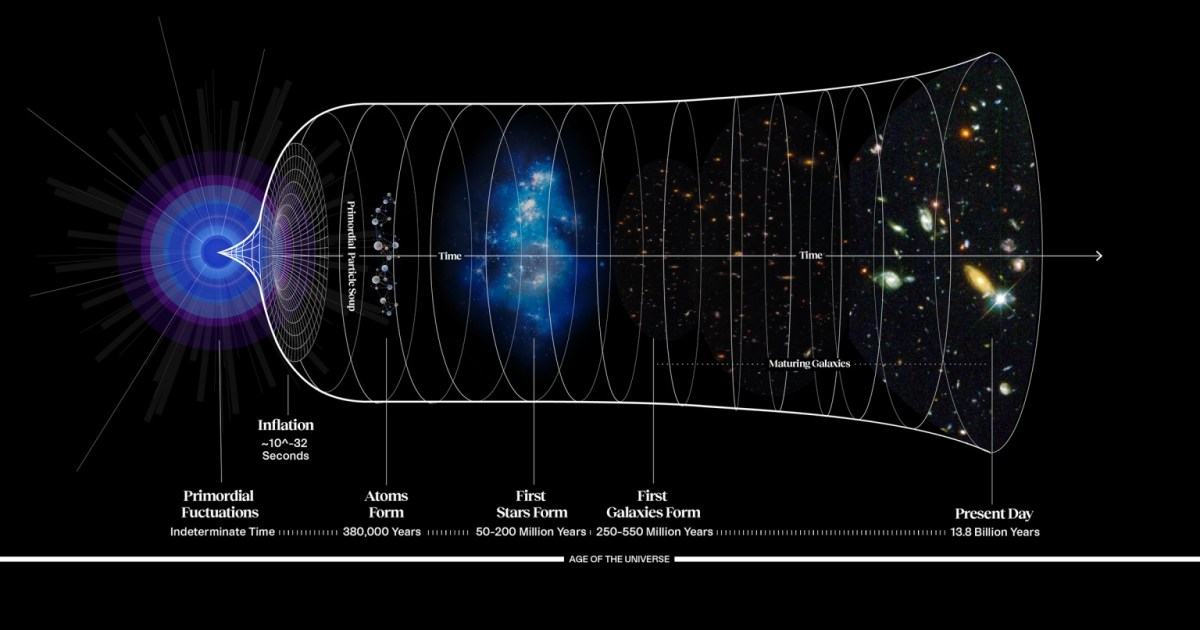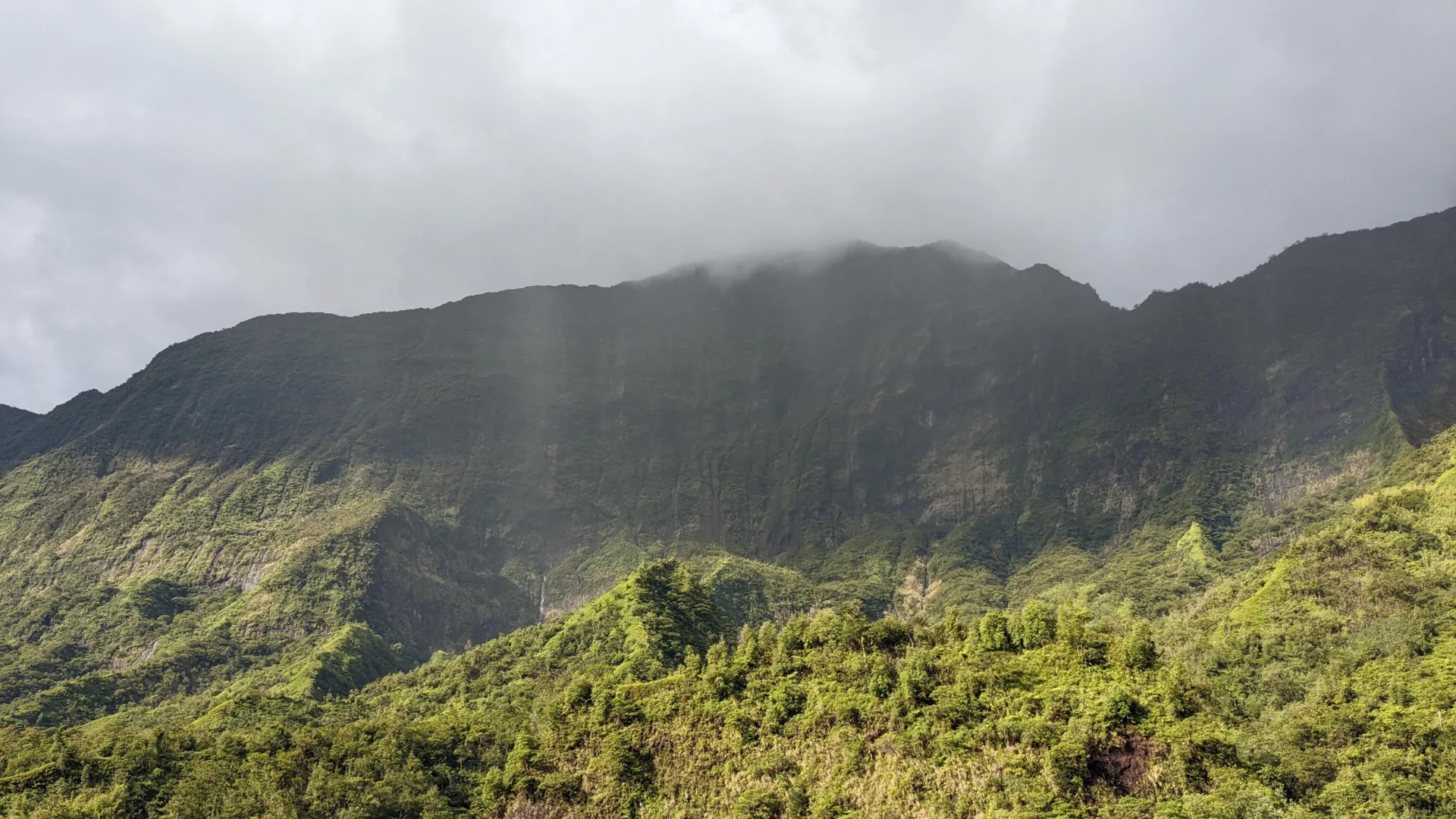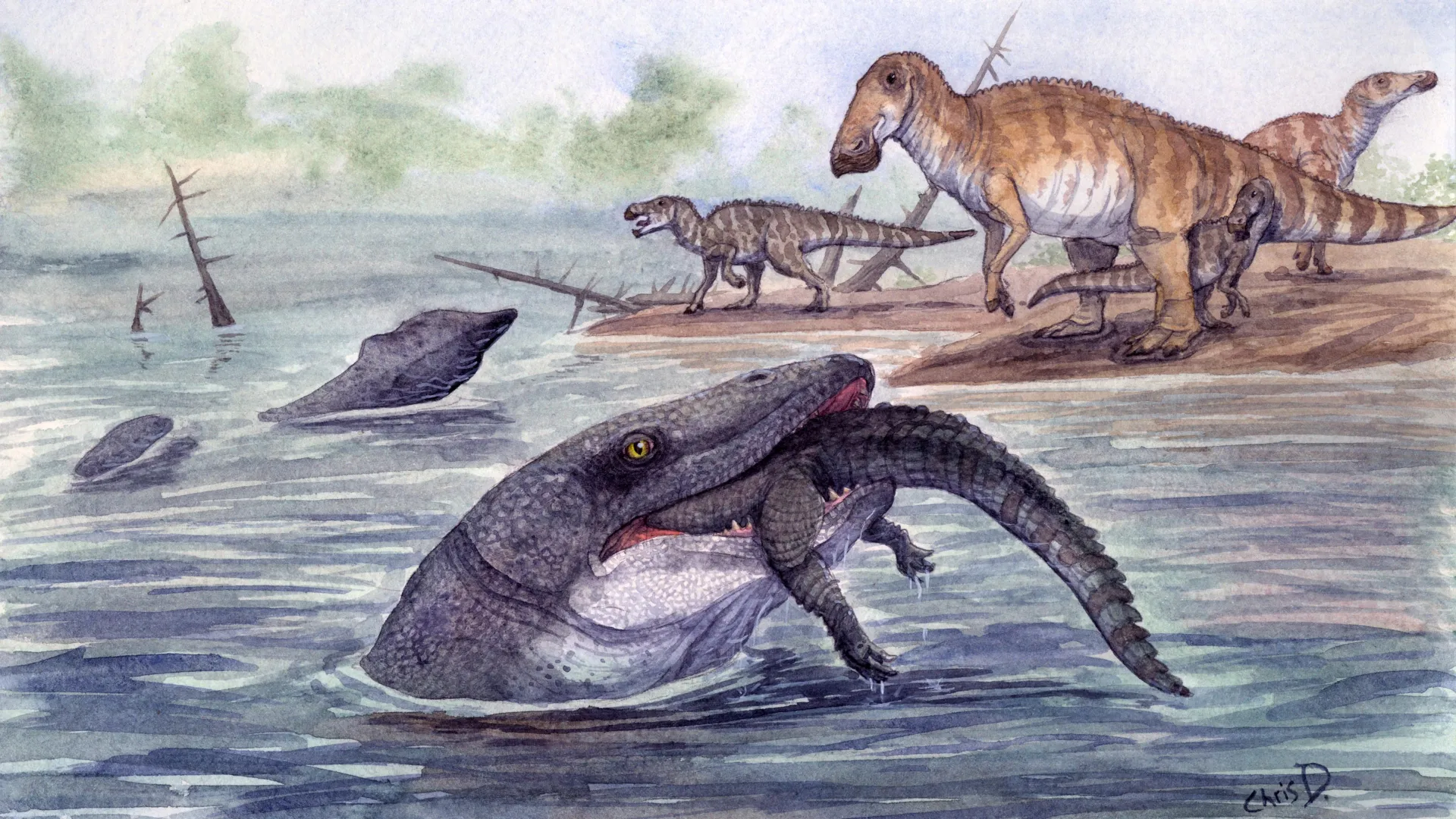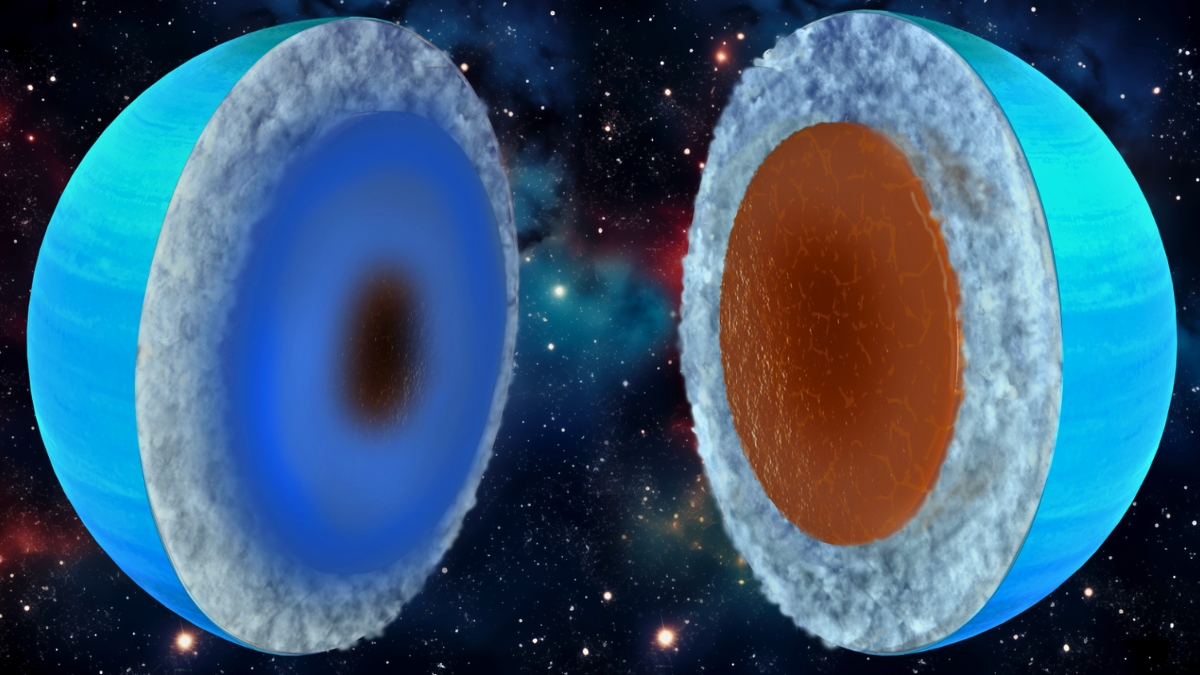Right now, many of us have a bit of moss sitting in our Christmas decorations at home. Some of us picked it ourselves in the forest, others bought it in a shop. But few have probably thought about the fact that moss can be full of small remains…
Category: 7. Science
-

As 2025 ends, the Standard Model still hasn’t cracked
Sign up for the Starts With a Bang newsletter
Travel the universe with Dr. Ethan…
Continue Reading
-

A hidden climate shift may have sparked epic Pacific voyages 1,000 years ago
A new study led by the University of Southampton and University of East Anglia (UEA) points to a major change in South Pacific climate conditions, beginning around 1,000 years ago, that may have encouraged people to move and settle farther to the…
Continue Reading
-
Lower limb muscle synergies during deceleration at different change of direction angles
Barrera-Domínguez, F. J. et al. Strength characteristics in faster change of direction basketball players: A comparison across cutting angles. Eur. J. Sport Sci. 24, 1260–1269 (2024).
Continue Reading
-

Giant sea monsters lived in rivers at the end of the dinosaur age
Mosasaurs were enormous marine reptiles that lived more than 66 million years ago, but new evidence shows they did not spend all their time in the ocean. Researchers analyzing a mosasaur tooth discovered in North Dakota have found strong signs…
Continue Reading
-

AI uncovers hidden mechanisms of covert attention and emergent neuron types
Shifting focus on a visual scene without moving our eyes – think driving, or reading a room for the reaction to your joke – is a behavior known as covert attention. We do it all the time, but little is known about its…
Continue Reading
-
Moments of Geminid meteor shower in Sri Lanka-Xinhua
Photo taken on Dec. 15, 2025 shows the Geminid meteor shower in the sky over Puttalam, Sri Lanka. (Photo by Thilina Kaluthotage/Xinhua) PUTTALAM, Sri Lanka, Dec. 16 (Xinhua) — The Geminid meteor shower put on a dazzling cosmic firework show as…
Continue Reading
-

Uranus And Neptune May Not Be ‘Ice Giants’ After All, Study Suggests : ScienceAlert
Although they are technically gas giants, Uranus and Neptune are referred to as “ice giants” due to their composition.
This refers to the fact that Uranus and Neptune have more methane, water, and other volatiles than their larger…
Continue Reading
-

Bose-hubbard Model Study Reveals Zero Critical Exponent In Dynamical Quantum Phase Transitions
Understanding the dynamics of quantum systems as they transition between different states remains a central challenge in physics, and recent work by Jia Li and Yajiang Hao from the University of Science and Technology Beijing, along with their…
Continue Reading
-

Using sound waves to soften tumors and boost chemotherapy
Cancer is one of the leading causes of death in the U.S., second only to heart disease. But a new cancer treatment method from CU Boulder researchers uses sound waves to soften tumors and could be a potent tool against the…
Continue Reading
